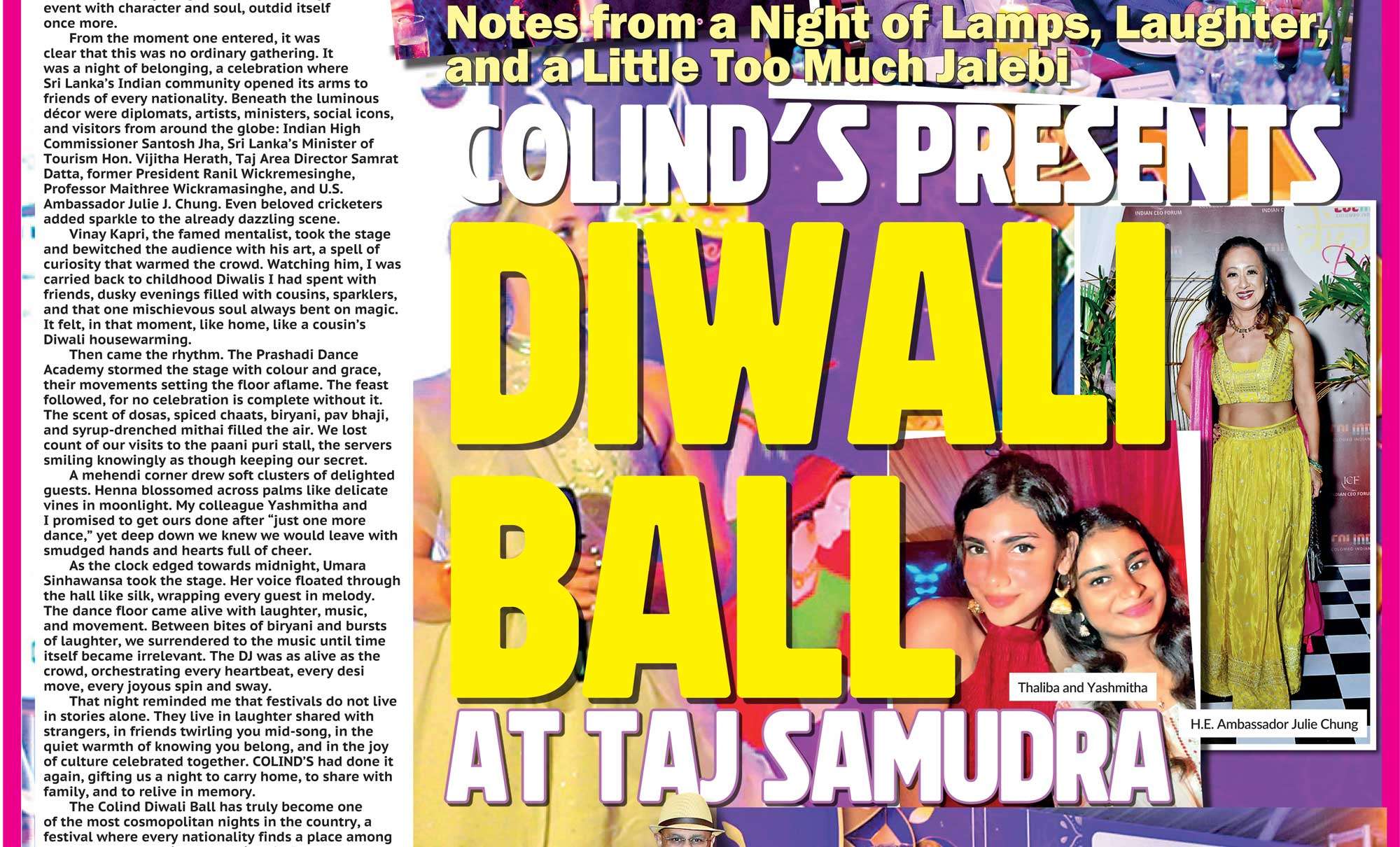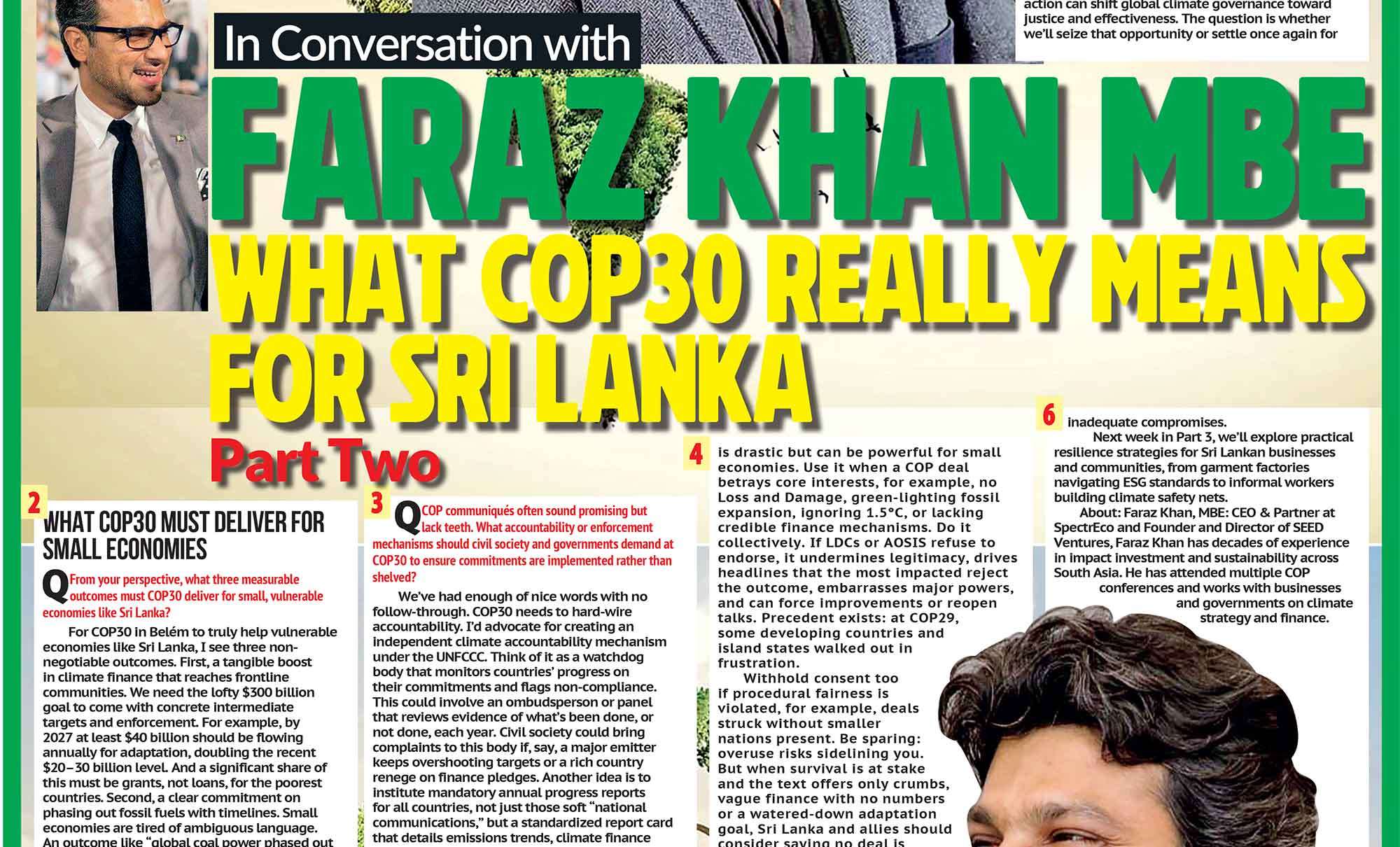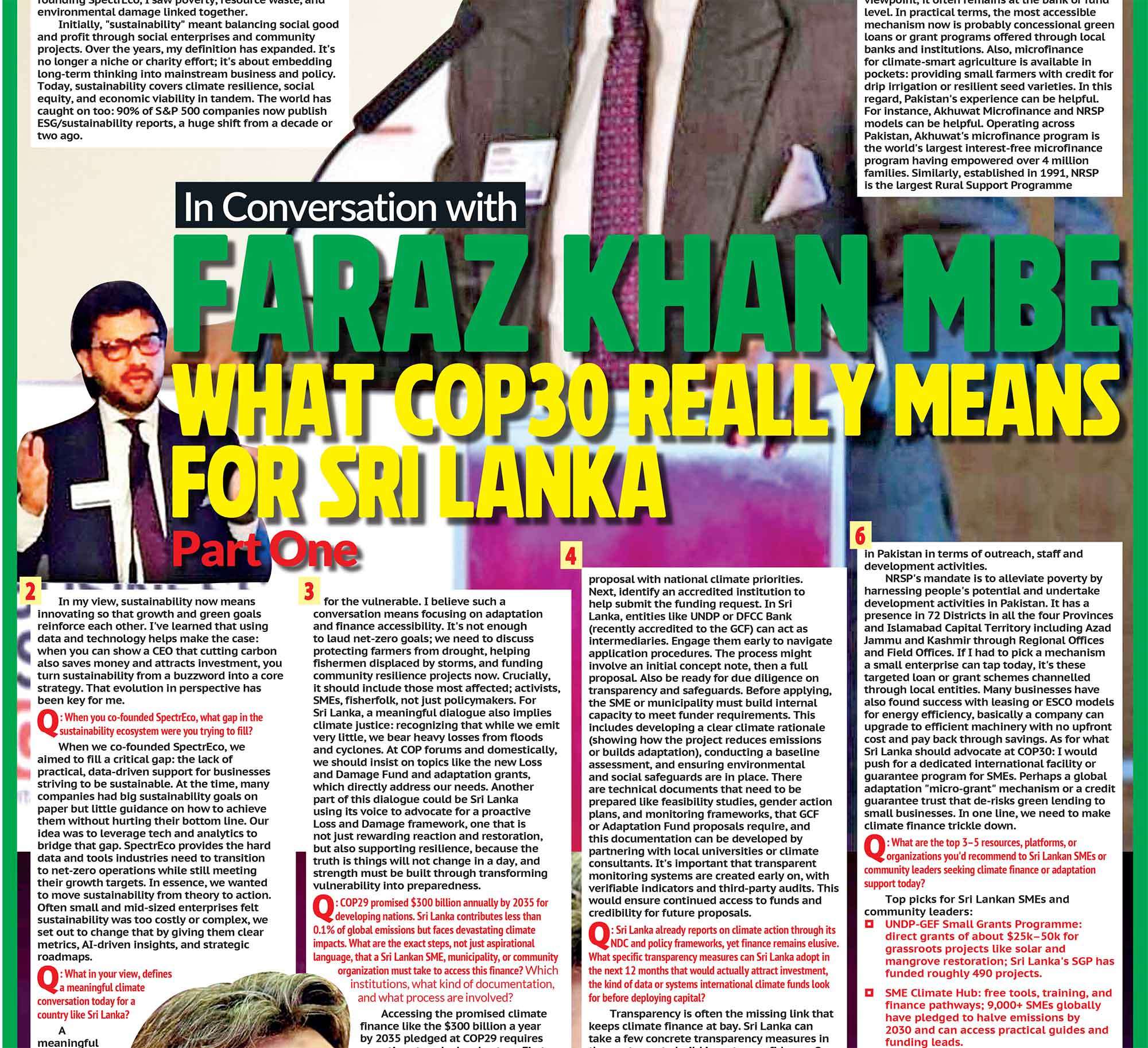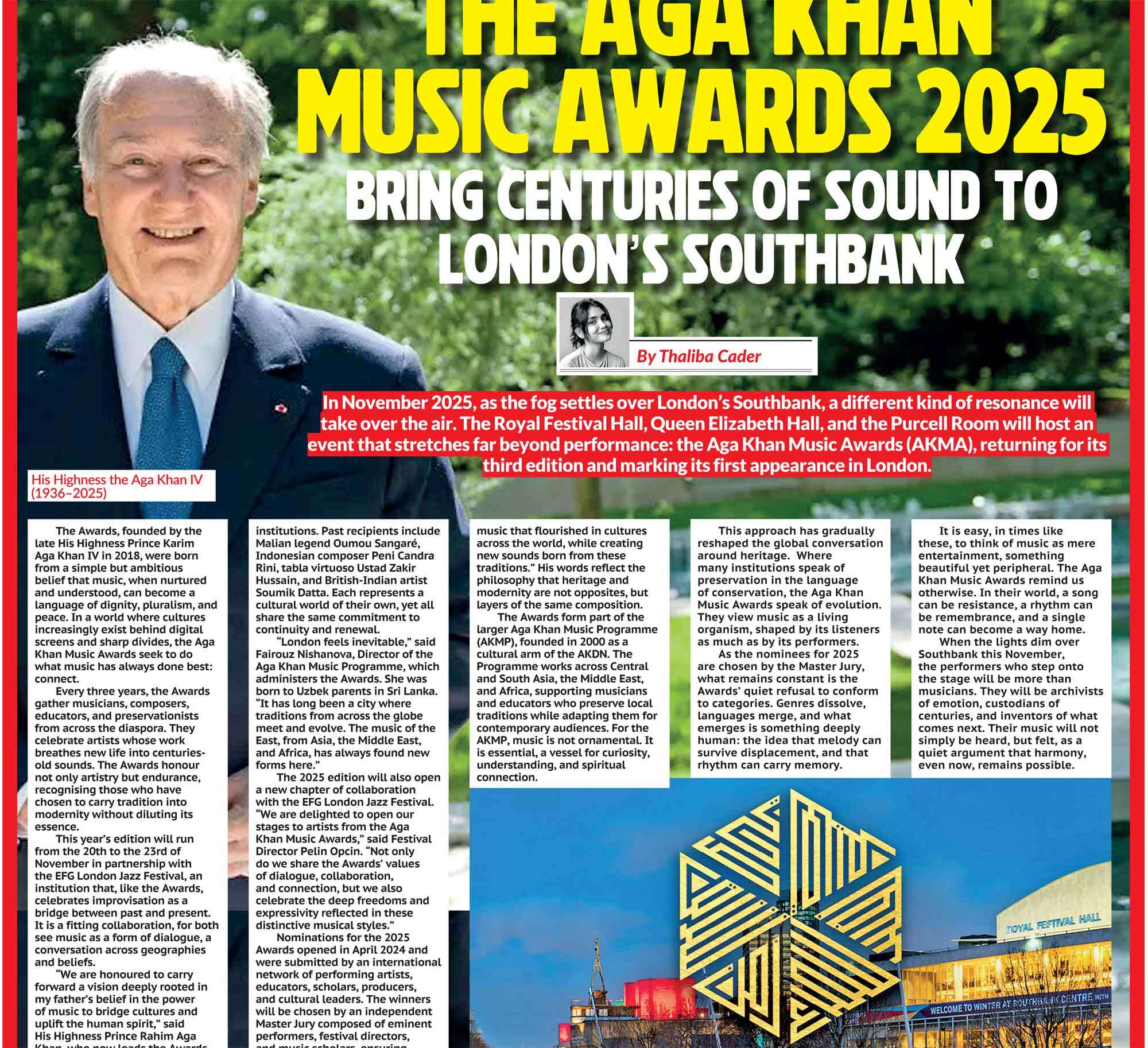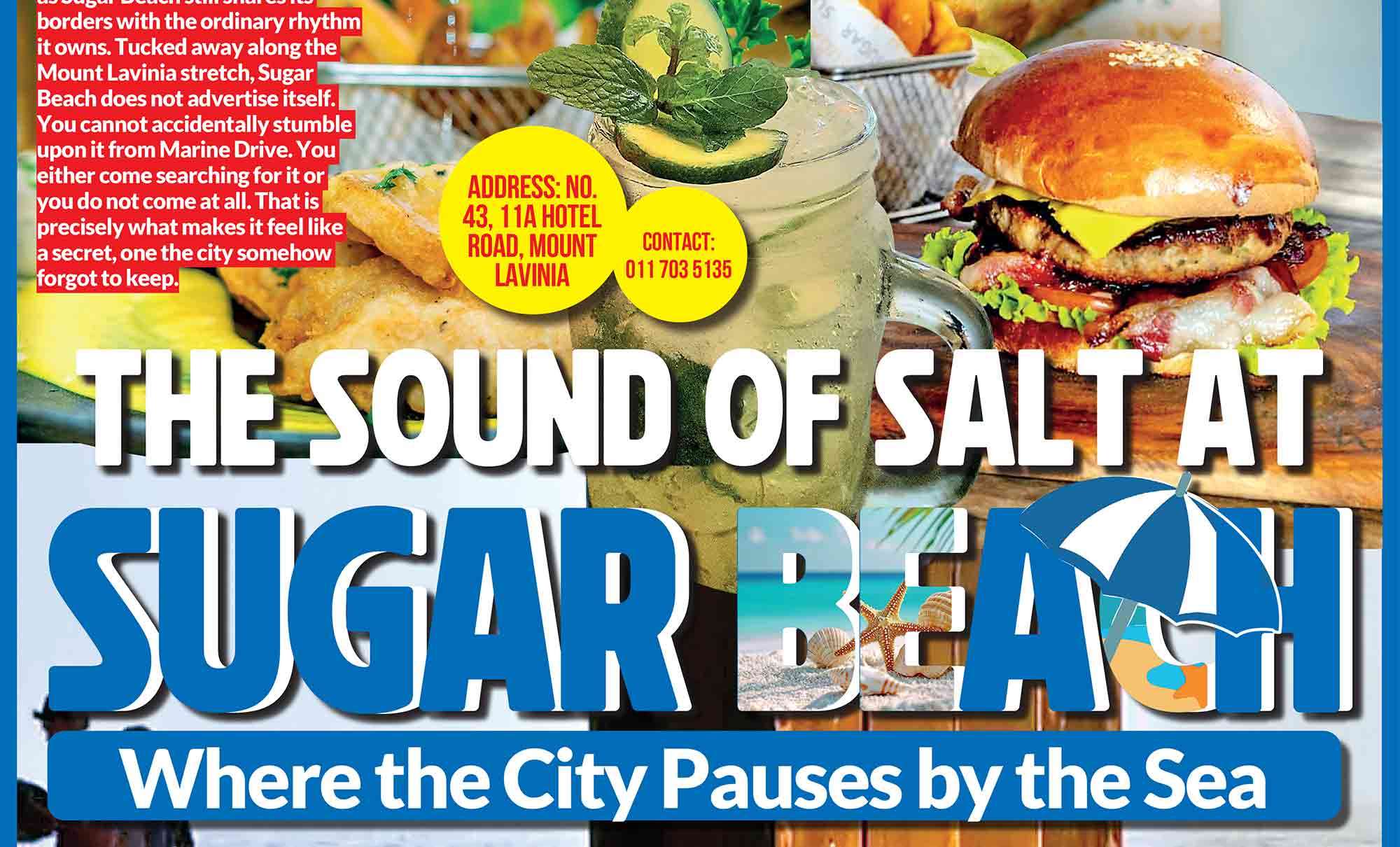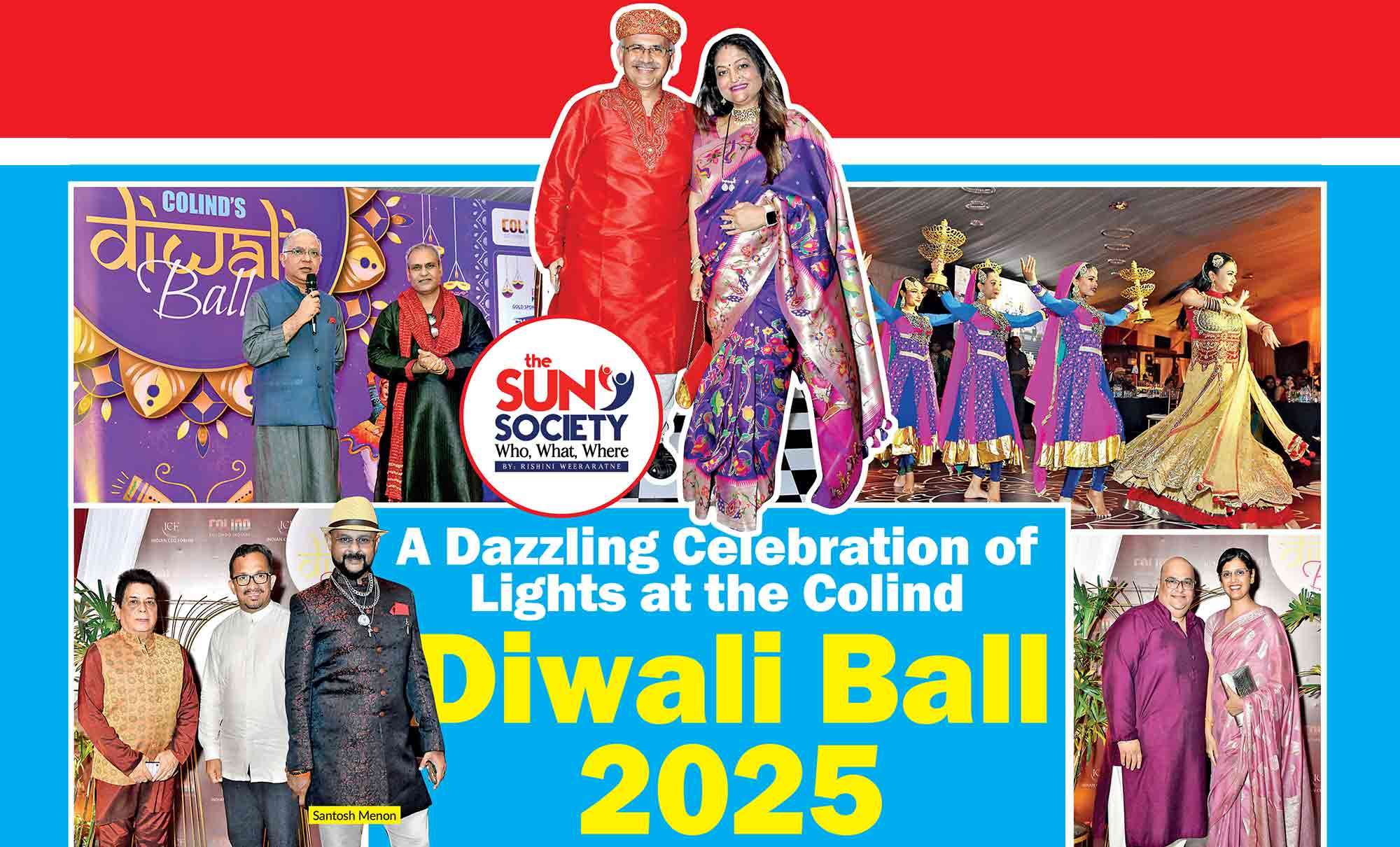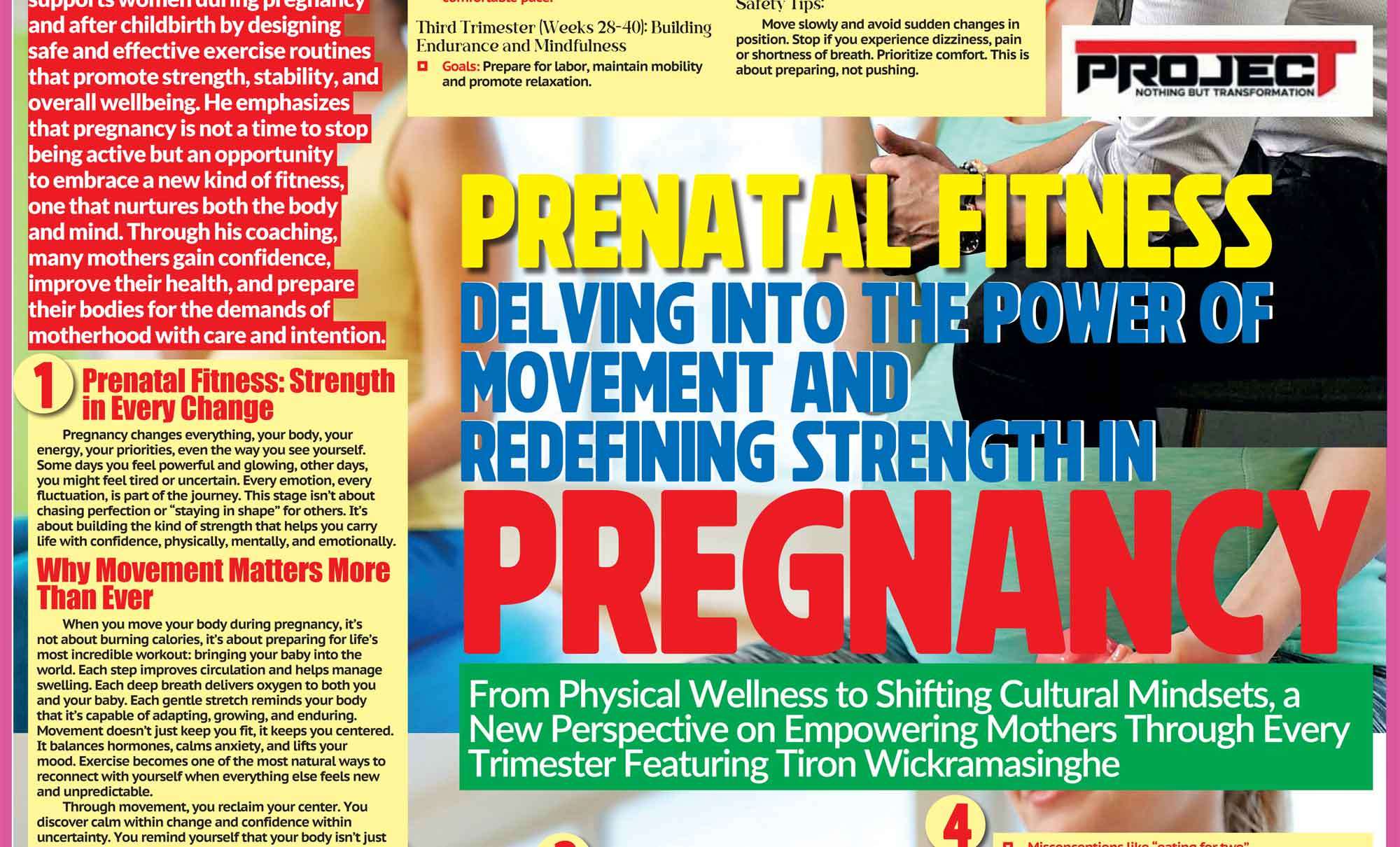
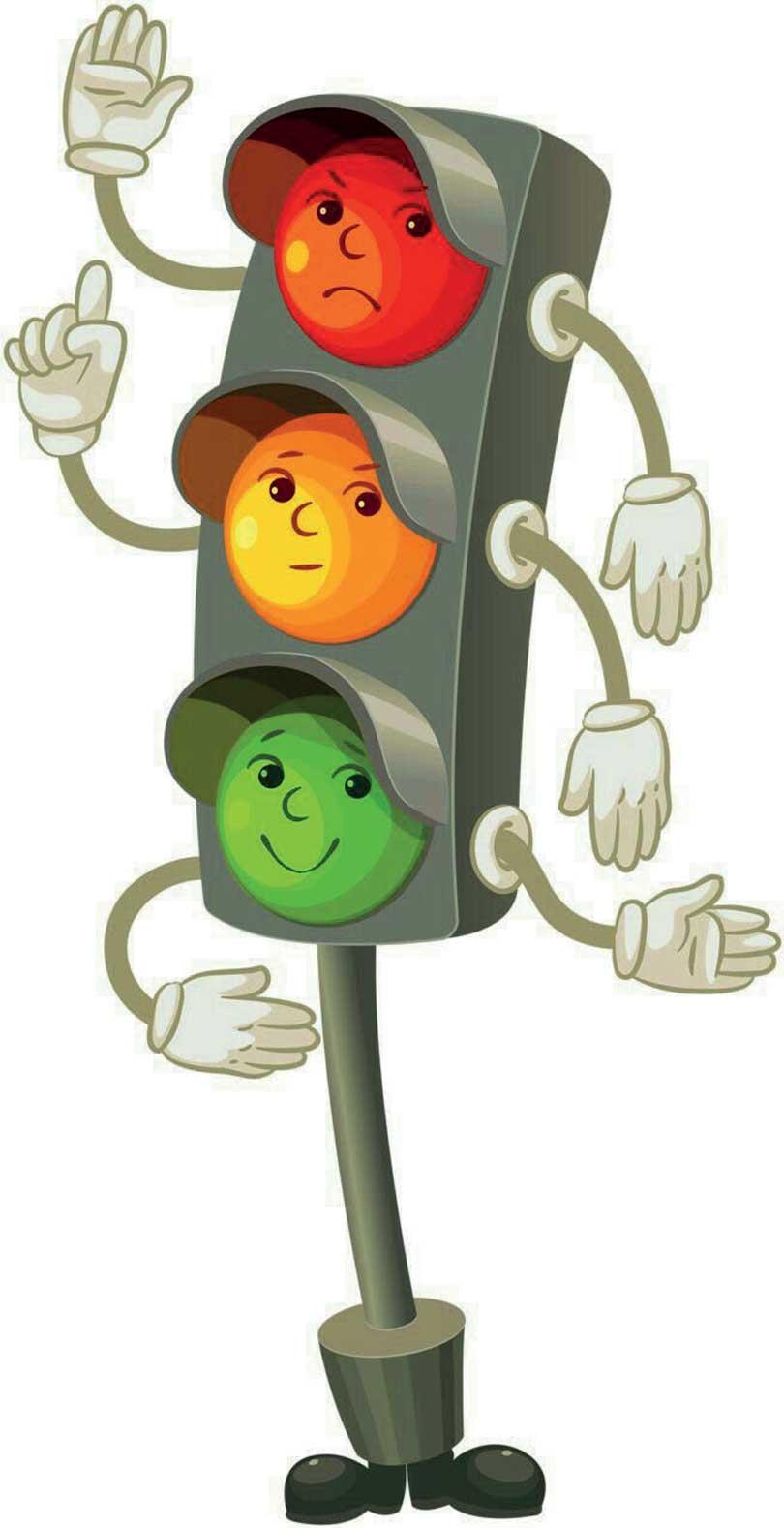
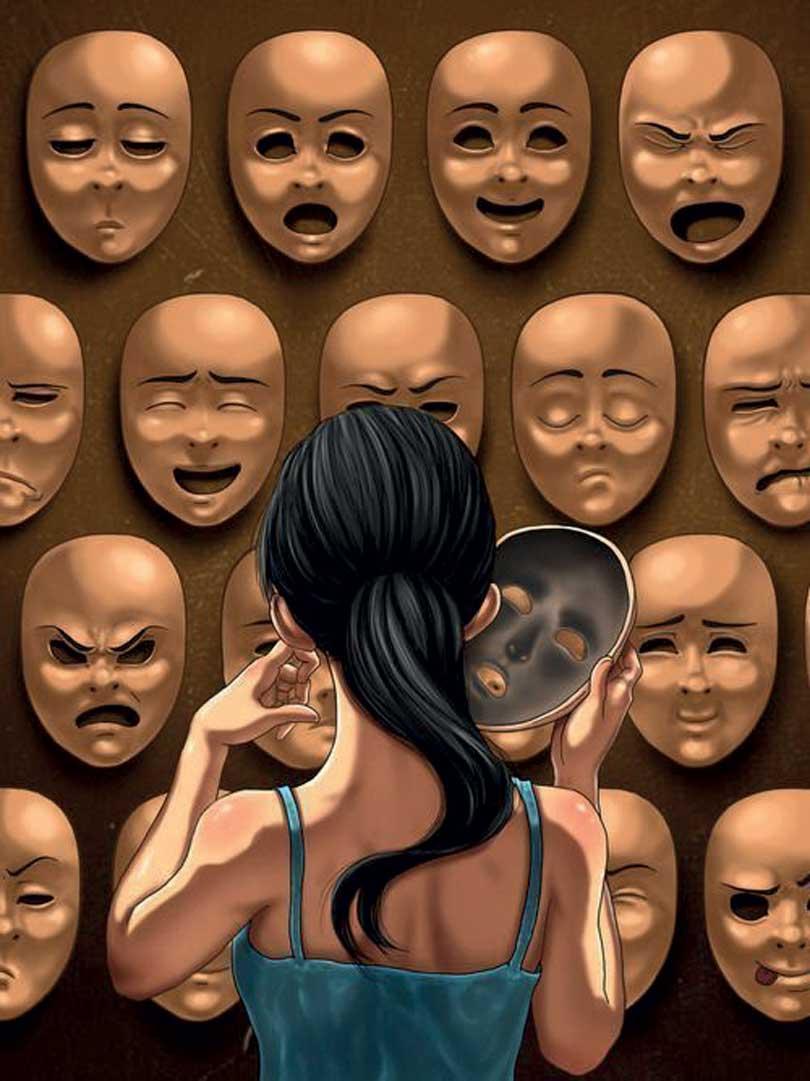
Recognizing the red signal in those moments helps us avoid long-term regret. Sometimes, red phases in life feel unproductive, especially in a world that glorifies constant hustle. But stillness is powerful.
. These are the “maybes,” the “not-yet-sure” moments. You might be unsure about whether to stay in a relationship, change jobs, or make a big investment. These are yellow-light decisions, situations where clarity is forming, but not fully there.
Every day, we encounter traffic lights, those glowing red, yellow, and green signals that guide us through busy streets and intersections. They help maintain order, ensure safety, and control the pace of our journeys. But if we look a little closer, we realize that traffic signals aren’t just for the roads, they’re mirrors of life itself.
Life is full of moments where we must stop, slow down, or move forward, often without warning. These signals may not flash in neon, but they show up in the form of challenges, gut feelings, pauses, and decisions. Just like on the road, knowing how to respond to these signs can make all the difference in how smoothly our journey unfolds. Red is the universal colour for stop. On the road, it’s about preventing chaos and giving space to others. In life, red moments appear when we’re forced, or encouraged, to take a break. These could be moments of burnout, emotional overwhelm, failure, or personal loss. Though often frustrating, these pauses are necessary resets.
Imagine someone working tirelessly for years without rest. Eventually, their mind and body might demand a break in the form of fatigue or illness. That’s life flashing its red light. It’s saying, “Pause before you break down completely.” Red lights also appear when we’re about to make impulsive choices. For example, reacting in anger during an argument or jumping into a decision without thinking. Recognizing the red signal in those moments helps us avoid long-term regret. Sometimes, red phases in life feel unproductive, especially in a world that glorifies constant hustle. But stillness is powerful. It gives us time to breathe, reflect, reevaluate our path, and ultimately choose a more conscious direction.
Yellow is often misunderstood. On the road, it doesn’t mean “speed up before it turns red”, it means prepare to stop or proceed with caution. In life, yellow phases are transitional. These are the “maybes,” the “not-yet-sure” moments. You might be unsure about whether to stay in a relationship, change jobs, or make a big investment. These are yellow-light decisions, situations where clarity is forming, but not fully there. Instead of rushing through, the yellow light encourages us to slow down and assess.
It’s a space of intuition and observation. While the world may pressure you to “just do it,” yellow says, “Take your time. Think it through.” Real-life example: A student considering studying abroad might be stuck in a yellow-light moment. Excitement says go, fear says stop. What’s needed is evaluation: finances, goals, readiness. The yellow period is where research happens, pros and cons are weighed, and internal alignment begins.
Yellow teaches us the art of timing, when to act and when to hold. It’s the mindfulness light, reminding us that not every opportunity must be seized immediately, and not every delay is a denial. Green lights are the most anticipated. They signal movement, opportunity, and action. In life, green means “you’re ready.” It’s when all the inner preparation, waiting, and reflection come together, and life opens up the road ahead.
Green can look like finally launching your business, taking a leap of faith in a relationship, accepting a job offer, moving to a new city, or starting a new creative project. It’s momentum. But here’s the key: green lights are best respected when you’ve honored the red and yellow ones. Going too soon can lead to collisions.
Going with awareness and confidence sets you up for success. Life’s green lights are not always loud. Sometimes, they whisper. It’s in the gut feeling that says “yes,” the synchronicities, the ease that replaces resistance. Also, green doesn’t mean easy. Just like on the road, even when you have the green, others may not be following the rules. Life will still throw surprises, but the key is to stay alert, grounded, and focused on your lane.
Think of your journey as a long road trip. You’ll encounter smooth highways, bumpy streets, traffic jams, and breathtaking scenic routes. The traffic signals aren’t there to frustrate you, they’re there to guide you safely through all of it. Ignoring these signals can lead to accidents, not just on roads but in relationships, careers, health, and emotional well-being. But tuning into them makes us more aware drivers of our own lives.
Another powerful takeaway from the traffic light metaphor is understanding that not everyone is on the same signal as you. You might be at green while someone else is at red. Respect that. For example, you might be thriving while a friend is going through a tough time. Instead of pushing them to “move on,” recognize they may be at a pause for a reason. Likewise, if you’re the one at red, avoid comparing your stillness to someone else’s speed. Life doesn’t always come with clear instructions, but it does offer subtle signals. The more we listen, the better we steer. Trust the red when it says stop, respect the yellow when it asks for caution, and embrace the green when the time is right. Your journey isn’t about how fast you go; it’s about how well you move through each phase. So next time you’re stuck at a red light, literally or metaphorically, don’t be impatient. It might just be the pause you need before your biggest breakthrough. Where are you in life’s traffic right now? Red, yellow, or green? Wherever it is, trust that you’re exactly where you’re meant to be.




